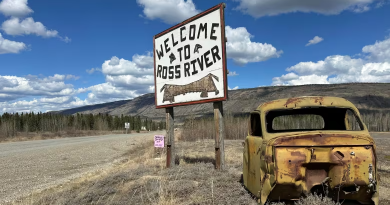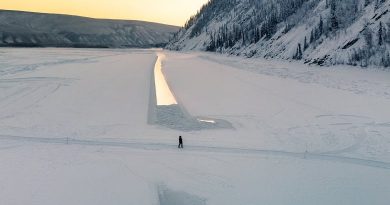One month after production halt, Eni resumes oil tapping at Goliat

«Already producing 90 percent of capacity», the company says.
Production at Goliat came to a halt on 26 August as a full power outage struck the platform in the Barents Sea. More than 50 people were evacuated and an investigation started.
One month later, the Norwegian Petroleum Safety Authority approved a restart of production. Eni Communications Director Andreas Wulff on Tuesday this weekconfirmed to newspaper Dagens Næringsliv that 90 percent of production was back up running.
‘Challenges beyond normal’
Spokeswoman for the Petroleum Safety Authority Anne Myhrvold earlier said that a number of requirements had to be fulfilled before the crisis-ridden project could restart the pumps.
She admits to NTB that the Goliat project has experienced challenges beyond the normal.
«There are circumstances here, which are more serious [than in other projects], and therefore we have applied our right to issue requirements», she says, Sysla reported.
‘Bad management’
The Italian oil producer has now hired Phil Hemmens, a British citizen with many years of experience from the company, to lead the Norwegian unit. He comes from the post as leader of Eni UK and is determined to get the troublesome Arctic project right.
He admits that Eni has a job to do.
«There has been an insufficient level of risk analysis in the organization», he says to newspaper Dagens Næringsliv. «It was not good, there was insufficient understanding and the security concerns for the workers were not handled well at all», he adds.
«There was bad management».
Cost overrun
It is believed that the company might have lost more than €100 million on the one month production halt.
That is not the first money lost in the project. From before, Eni has has had major cost overruns and delays. Production at the platform was originally to start in 2013. However, Norway’s Petroleum Safety Authority formally approved the use of the Goliat floating, production and offloading platform only in January 2016.
Costs overrun are estimated to NOK 17 billion (€1,8 billion). The total development price tag for the project is NOK 47 billion (€5.1 billion).
Related stories from around the North:
Canada: Trudeau and Obama’s Arctic endeavours, Deutsche Welle Ice-Blog
Finland: Minister Rehn not worried about Russian energy dependency, Yle News
Norway: Nobel Peace Prize winners call for halt to Arctic drilling, The Independent Barents Observer
Russia: Pumps start at Russia’s northernmost oil field, The Independent Barents Observer
Sweden: Sweden to have 100 percent renewable energy by 2040, Radio Sweden
United States: Trump energy plan calls for more drilling, fewer environmental protections, Alaska Dispatch News



